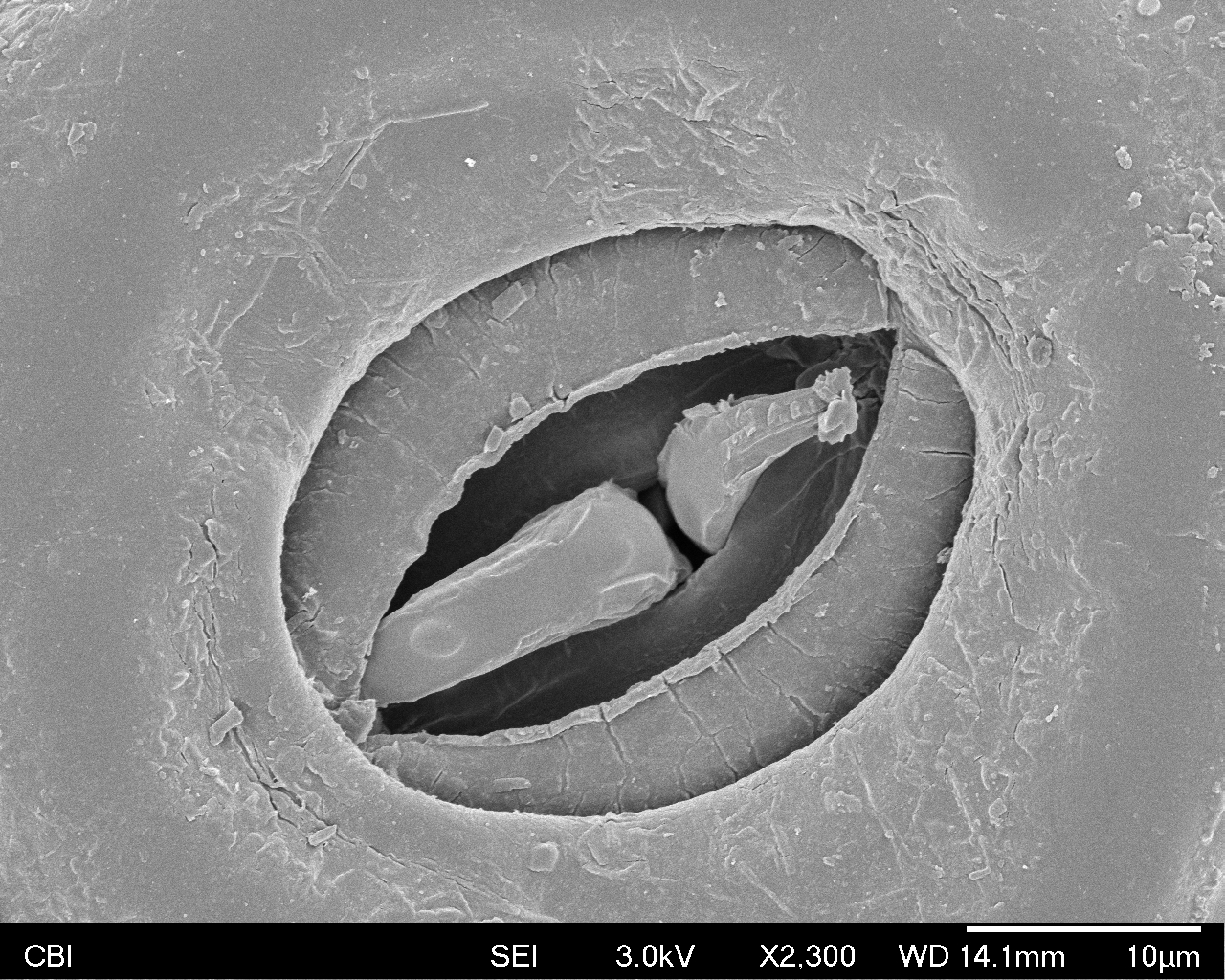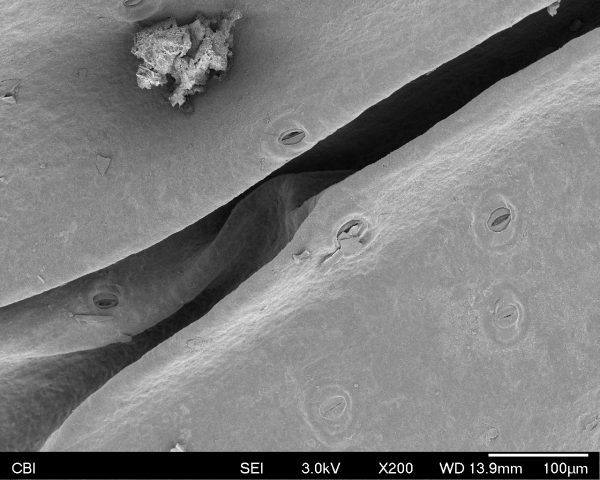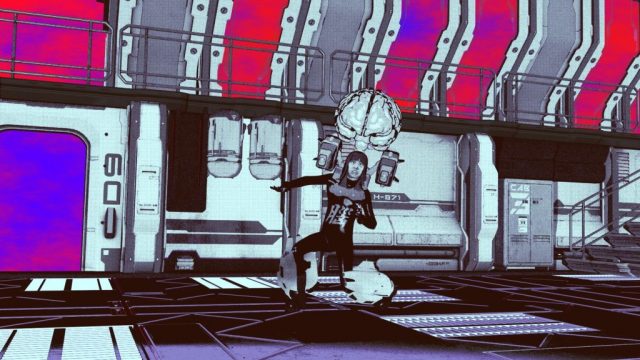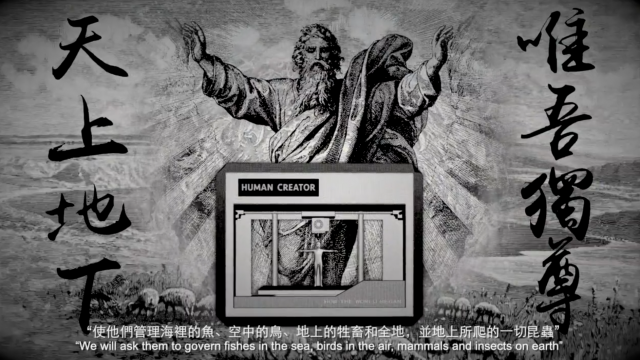As the essay points out, the various functions of photography “are more than just the making of invisible things visible,” but they are “entirely new ways of observing” (43). Our ability to observe (medium of capture) and the system upon which we reason our observations (the way we measure and define typologies) mutually influence each other. For example, the curiosity for archeological objects and architectural structures facilitated the development of Raman spectroscopy and photogrammetry. The discoveries of x-rays and radiation reformulated our awareness of our own bodies.
In evaluating whether the medium of capture is ‘objective’ in contemporary culture, I want to first borrow some ideas from the theory of ‘post-truth,’ where objectivity relies upon a general consent to a system of truth that is external to what each individual perceives and believes. In the context of science, over the course of history, methods of photography respect a stable set of standards. And this allows for the notion of objectivity to stand in the context of scientific photography. However, in mass culture, it is questionable whether any type of general consent exists at the moment. Since the medium of capture now seems to be always accompanied by retouch, edit, filter, and many other types of maneuvering, I am not sure we are still attached to the notion that a photo should be objective. It is more about the reach for some type of ideal. Also, the essay mentions the assumption of complete passivity of photography, which is foundational to the idea of that it is an objective medium (19). The way we take photos in our daily life is nowhere near passive, so such objectivity breaks down. The idea of “mechanical objectivity” in general is on shakier ground nowadays, because we are increasingly suspicious of the assumption that machines are neutral with all the discourse around the biasses in technological systems.






